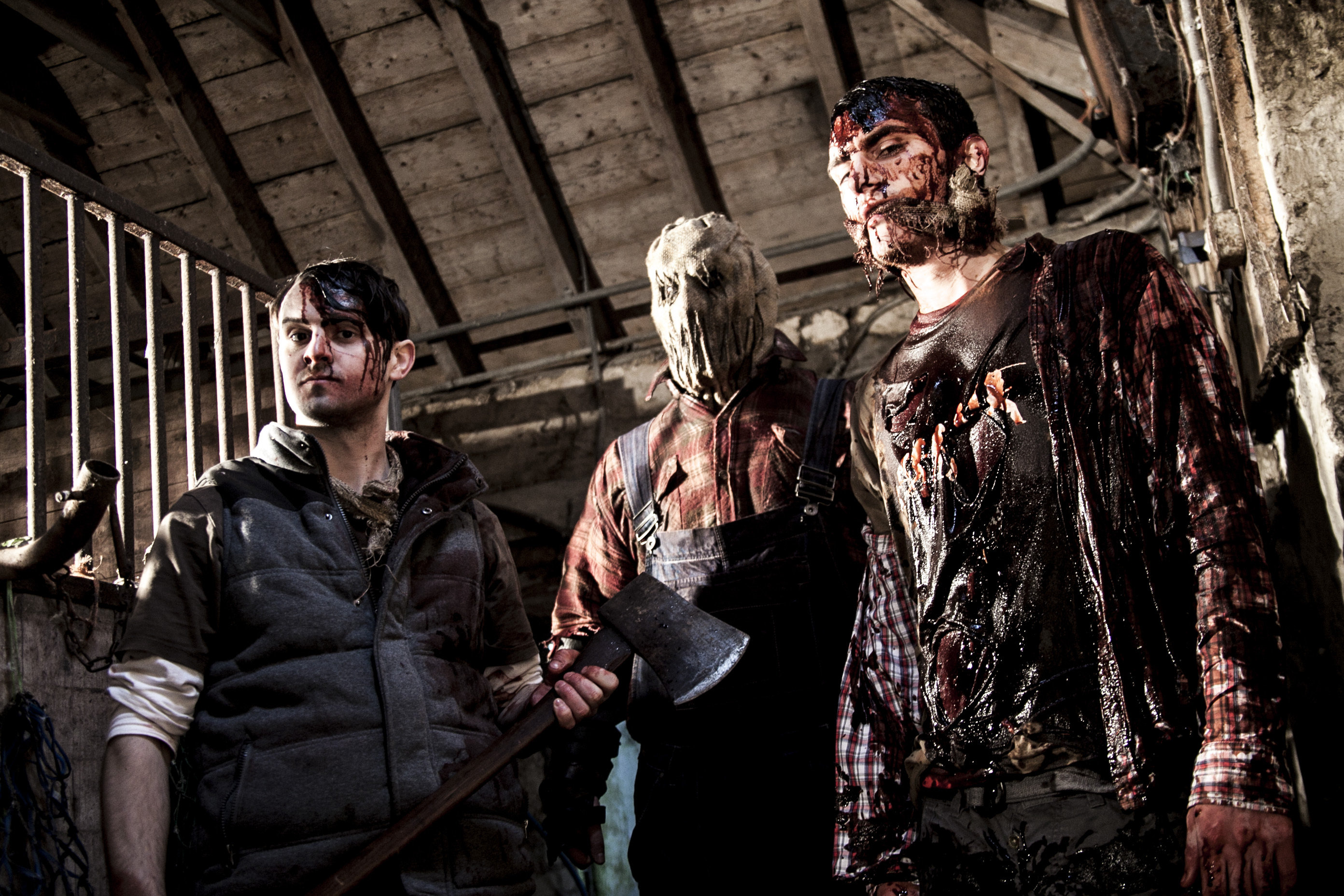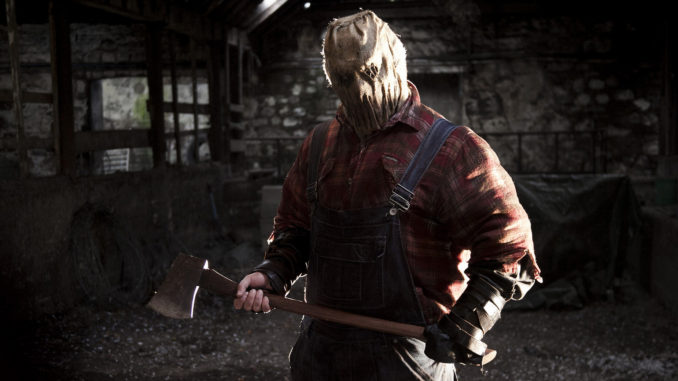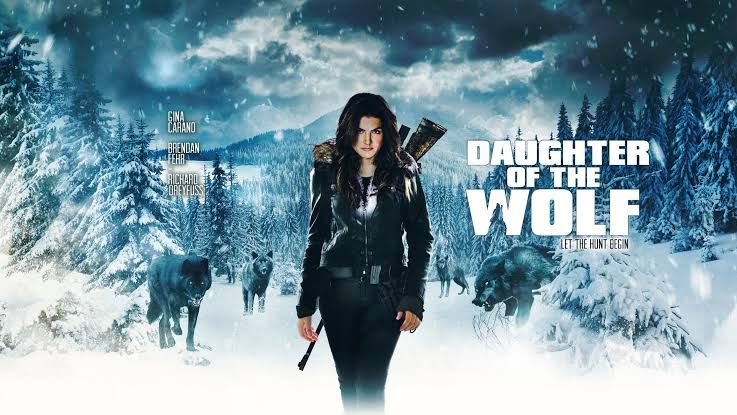The Redwood Massacre (2014) – Slasher Horror in the Heart of the Woods
The Redwood Massacre, directed by David Ryan Keith, is a gritty, blood-soaked slasher film released in 2014 that dives headfirst into genre tradition. Set in the remote Scottish countryside, the movie combines classic horror tropes—urban legends, masked killers, and isolated locations—with an unrelenting commitment to gore and brutality.
The story follows a group of five friends who venture into the woods to investigate the infamous Redwood legend. According to local folklore, a deranged farmer once slaughtered his family in a frenzied rampage and vanished into the forest. The legend holds that his ghost—or perhaps something worse—still haunts the area. Naturally, the group plans a camping trip near the site of the supposed massacre, more out of curiosity than belief in the tale.

As expected, their trip quickly spirals into a nightmare. They stumble upon an underground lair filled with evidence of gruesome killings. Before long, they are hunted one by one by a towering, silent killer wearing a burlap sack mask. Unlike more psychological or supernatural horror stories, The Redwood Massacre sticks closely to slasher tradition. The antagonist is physical, brutal, and seemingly unstoppable—a human monster whose motivations are barely explored but who never relents.
Visually, the film is impressively shot considering its low budget. The Scottish landscapes lend a natural eeriness to the atmosphere—wide open fields that contrast with the claustrophobic terror inside the killer’s lair. Director David Ryan Keith also handled cinematography and editing himself, giving the film a consistent and focused aesthetic. The pacing is fairly tight, moving quickly from character setup to the carnage, and the film does not hold back in its depiction of violence.

Where The Redwood Massacre draws mixed reactions is in its depth. The characters are, for the most part, stereotypical horror archetypes: the skeptic, the couple, the quiet one, the comic relief. Their development is minimal, making it difficult to become emotionally invested in their fates. However, for fans of the slasher genre, this can be part of the appeal—The Redwood Massacre doesn’t pretend to be high art; it’s a visceral, straightforward bloodbath.
The killer himself is a standout. Though he never speaks, his physicality and sheer brutality are intimidating. He's not a supernatural being, but he moves with the invincibility of one. He’s relentless, dispatching victims in increasingly gruesome ways—using axes, chains, and other crude tools, all shown in graphic detail. The film earns its R-rating and makes no apologies for its violence.
Critics and horror fans were split on the film. Some praised it for its uncompromising brutality and classic slasher vibe, calling it a love letter to 1980s horror. Others criticized its lack of originality or character depth. Still, it found an audience among gorehounds and slasher enthusiasts, leading to a sequel, The Redwood Massacre: Annihilation, released in 2020.
In conclusion, The Redwood Massacre delivers exactly what it promises: a relentless, bloody slasher set against an atmospheric backdrop. It may not redefine the genre, but for viewers looking for a brutal and traditional horror ride, it hits the mark with confidence and carnage.


